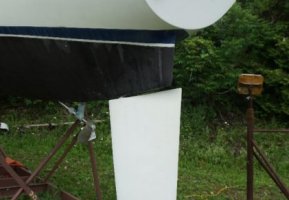You are on track, and getting excellent advice. I would reinforce the idea of a separate engine survey, even tho it might have to wait until the boat is launched. Unless you have prior experience with inboard engines and their maintenance, you will find that the cost of the survey is worth every nickel. Listen and take notes, and photos. If you can develop reppore with a mechanic this will benefit you a lot.
Our engine survey was done a long ways from home (boat was in Alameda and 'home' is PDX) but that guy gave me good pointers about diesel maintenance. He did a compression test and ran it under load. He found a rusted-out exhaust elbow under the shiny paint. The seller paid to replace that elbow, which more than saved me the cost of the survey.
BTW, many/most surveyors will report on the the condition of the rigging, up to "height of eye". Just figure that you will be replacing the standing rig on any boat you buy, unless the rig 1) passes a thorough inspection, AND 2) you receive a credible receipt showing that it was all replaced within the last ten years.
Engines, OTOH, can outlive you, only limited by eventual scarcity of parts as the decades roll by.
Our engine survey was done a long ways from home (boat was in Alameda and 'home' is PDX) but that guy gave me good pointers about diesel maintenance. He did a compression test and ran it under load. He found a rusted-out exhaust elbow under the shiny paint. The seller paid to replace that elbow, which more than saved me the cost of the survey.
BTW, many/most surveyors will report on the the condition of the rigging, up to "height of eye". Just figure that you will be replacing the standing rig on any boat you buy, unless the rig 1) passes a thorough inspection, AND 2) you receive a credible receipt showing that it was all replaced within the last ten years.
Engines, OTOH, can outlive you, only limited by eventual scarcity of parts as the decades roll by.

